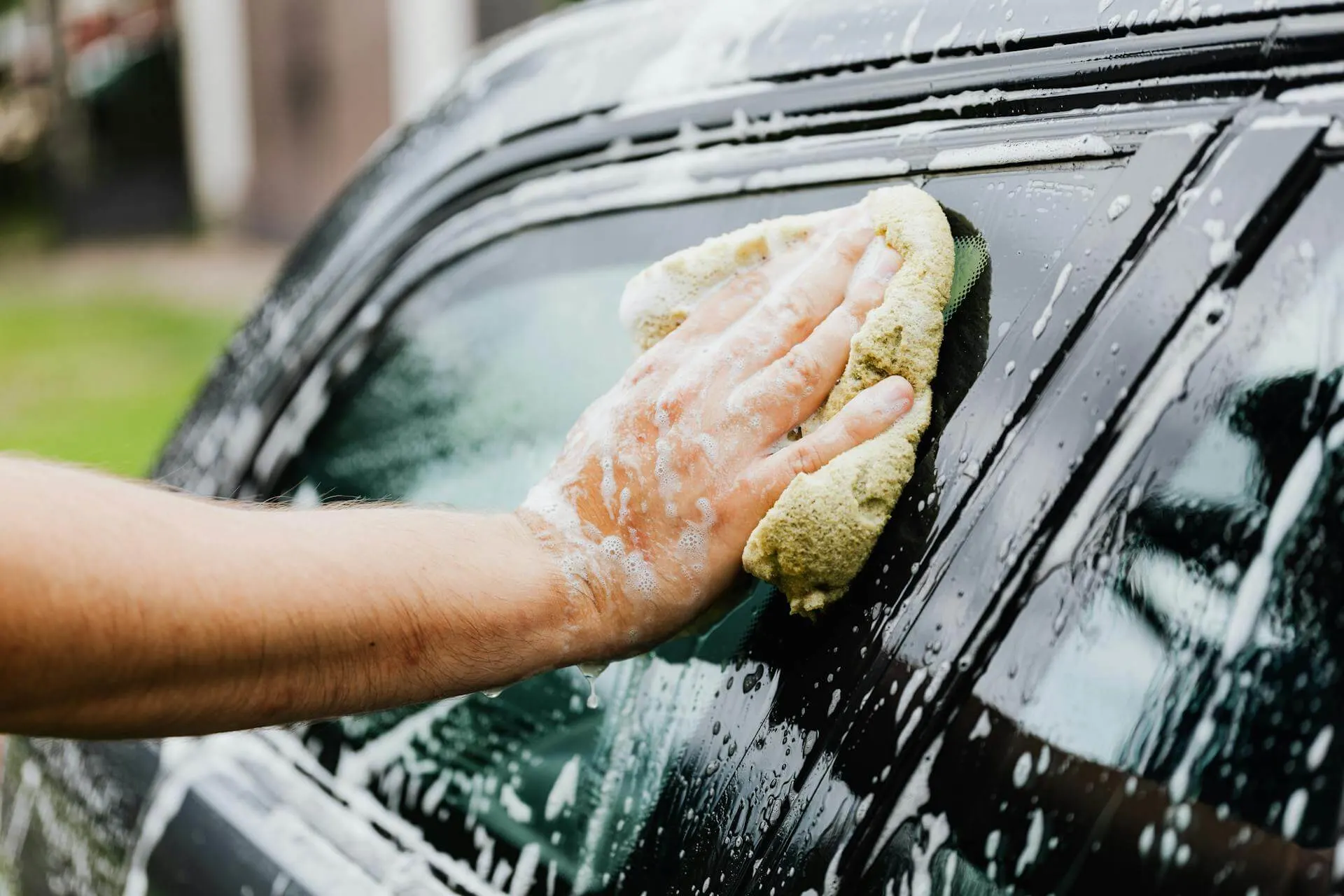Essential Tips for DIY Window Tinting

When it comes to giving your car a sleek look while adding privacy and sun protection, window tinting is a popular choice. Many car enthusiasts wonder, "Is it easy to tint your own car?" While professional installation typically takes 2-4 hours, DIY window tinting can be an achievable project with the right guidance and tools. This comprehensive guide will walk you through the process, providing essential tips and steps on how to apply window tint effectively.
Understanding Window Tinting
Before diving into the application process, it's crucial to understand what window tinting entails. Window tinting involves applying a thin film to the inside of your car windows. This film can help reduce glare, block harmful UV rays, and keep your car cooler during hot weather.
Benefits of Window Tinting
UV Protection
Tinted windows can block up to 99% of harmful UV rays, protecting your skin and the car's interior.
Heat Reduction
A good tint can significantly reduce the heat inside your car, enhancing comfort.
Privacy and Security
Tinted windows offer privacy and may deter potential thieves as they conceal items inside your car.
Aesthetic Appeal
Tinting adds a sleek, customized look to your vehicle.
Preparing for DIY Window Tinting
Preparation is key to a successful DIY auto window tint installation. Here's what you need to know before you start:
Gather the Necessary Tools
For a seamless tinting process, ensure you have the following tools:
- Window tint film of your choice
- Spray bottle filled with soapy water
- Squeegee
- Sharp utility knife
- Hard card (like a credit card)
- Heat gun or hairdryer
- Microfiber cloth
Choose the Right Tint
Tint films come in various shades and materials. When selecting a tint, consider the following:
- Legal Restrictions: Check local laws regarding window tint darkness to avoid fines. Many states have specific regulations about tint colors and reflectivity.
- Material Quality: Opt for a high-quality film that offers UV protection and durability. While premium films may cost more initially, they often provide better longevity and performance.
Ready to Find Your Perfect Window Tinting Service?
Connect with top-rated window tinting professionals in your area. Get expert service, competitive prices, and guaranteed satisfaction for your vehicle.
Find Window Tinting Near YouStep-by-Step Guide on How to Apply Car Tint
Once you have your tools and tint film ready, follow these steps to apply car tinting film:
Clean the Windows
Start by thoroughly cleaning the windows you plan to tint. Use the soapy water spray and a microfiber cloth to remove dirt, dust, and grease. A clean surface ensures proper adhesion of the tint film.
Measure and Cut the Film
Unroll the tint film and lay it over the outside of the window, liner side up. Measure and cut the film, leaving a margin of about an inch on all sides. This extra margin will help you adjust the film during installation.
Apply the Tint Film
Spray the inside of the window generously with soapy water. Peel off the liner from the film, exposing the adhesive side, and carefully place it on the wet window. The water allows you to adjust the film as needed.
Smooth Out the Film
Using the squeegee, gently smooth out the film, starting from the center and moving towards the edges. This step removes air bubbles and excess water. Be patient and take your time for the best results.
Trim the Excess Film
With a sharp utility knife, carefully trim the excess film along the window's edges. Use the hard card to hold the film in place while cutting. Precision in this step ensures a clean and professional finish.
Use Heat for Better Adhesion
For a seamless finish, use a heat gun or hairdryer to apply gentle heat to the film. This step helps the film adhere better and conform to the window's shape. Move the heat source evenly across the surface to avoid overheating.
Tips for a Successful DIY Car Window Tint
- Work in a Dust-Free Environment: Dust can get trapped under the film, causing imperfections. If you're unsure about the conditions or your skills, consider consulting a professional installer.
- Avoid Direct Sunlight: Conduct the tinting process in a shaded area to prevent the film from drying too quickly.
- Patience is Key: Rushing through the process can result in bubbles and misalignment.
- Practice on a Small Window First: If you're new to tinting, practice on a smaller window before tackling larger ones.
Common Mistakes to Avoid
Understanding common pitfalls can help you avoid them:
- Not Cleaning the Windows Thoroughly: Any dirt or grease can cause bubbles and peeling.
- Cutting the Film Incorrectly: Inaccurate cuts can lead to gaps and uneven edges.
- Skipping the Heat Gun Step: Proper adhesion requires the film to be heated and molded to the window.
Final Thoughts on DIY Window Tinting
DIY window tinting is a rewarding project that enhances your car's aesthetics and functionality. By following these guidelines on how to install window tint, you can achieve a professional-looking result. Remember, practice and patience are key to mastering the art of window tinting. Whether you're a beginner or have some experience, these essential tips will help you succeed in your DIY auto tinting endeavors.
In conclusion, whether you're wondering how to put tint on car windows or looking for the best way to tint car windows, this guide provides the information and confidence you need to get started. While DIY can be rewarding, ensure you stay compliant with local regulations to avoid any issues. Enjoy the benefits of your newly tinted windows and the satisfaction of a job well done.
Need Professional Window Tinting Instead?
Find experienced window tinting services in your area for a guaranteed perfect finish. Get your free quote today!
Find Window Tinting Near You